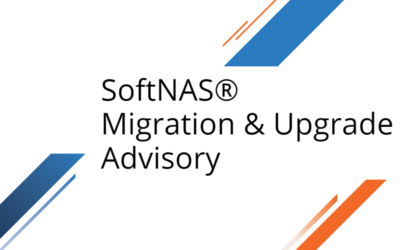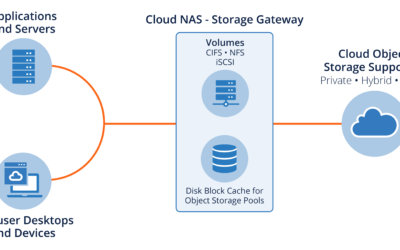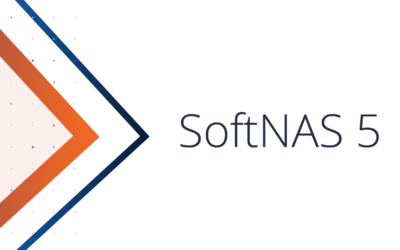When choosing data storage, what do you look for? AWS offers several storage types and options, and each is better suited to a certain purpose than the others. For instance, if your business only needs to store data for compliance and with little need for access, Amazon S3 volumes are a good bet. For enterprise applications, Amazon EBS SSD-backed volumes offer a provisioned IOPs option to meet performance requirements.
And then there are concerns about the cost. Savings in cost usually come at the price of performance. However, the array of options from the AWS platform for storage means there usually is a type that achieves the balance of performance and cost that your business needs.

In this series, we are going to look at the defining features of each AWS storage type. We’re starting with block storage in this post, and by the end of the series, you should be able to tell which type of AWS storage sounds like the right fit for your business’ storage requirements.
AWS storage types – performance comparison
The first question that needs to be addressed is what is most important to your application or workload – throughput, latency or IOPs?

The answer to this question will determine what type of storage will be needed to ensure a successful migration or launch. AWS has a number of storage options, and they break them down as: Block, File or Object storage. Block storage is comprised of SSD and HDD volumes, File storage contains managed services like EFS and FSx, and the Object storage category houses the S3 and Glacier variations.

AWS Block Storage

Elastic Block Storage (EBS) is used by attaching the volume types to Amazon EC2 instances. It works well with applications that need low latency and consistent and predictable performance.
You may choose either EBS SSD volumes or EBS HDD volumes. SSD-backed volumes like General Purpose (gp2) and Provisioned IOPs (io2) have a good “burstability,” making them a good fit for applications that need a lot of read and write operations, like databases. Workloads with random read and write operations, low latency and high Input/Output Operations (IOPs) per second requirements are also suitable for SSDs.
If you opt io2-backed volumes, you can buy read/write operations on demand regardless of volume size. Provisioned SSD is designed to handle heavy workloads and with good performance.
HDD-backed volumes like st1 and sc1 are ideal for workloads with sequential I/O access and high throughput requirements at a low cost. Preferred use-cases for st1 and sc1 volumes include Hadoop, stream processing, splunk/log processing, data warehouses and media streaming.
EBS-optimized instances
To improve performance, consider EBS-optimized instances. The instance has a dedicated network line going to storage, instead of sharing network with users accessing the backend. It’s important to keep in mind, however, that while this dedicated network means there is better scope for the instance to function unhampered by network usage, the choice of instance or disk may limit performance. For instance, your network may allow for IOPs up to 8000, but if your disk caps IOPs at 6000, then that is the maximum you will get.

Designing for Data Storage in AWS
Once you identify the type of AWS storage best suited to your business needs, you should bear some things in mind about designing your data storage in the cloud.
• Look for predictable performance levels, something that can recreated, and not simply performance that is occurring due to bursts. Thus, you can plan with a degree of accuracy for future performance.
• Consider the difference between AWS-managed storage and customer-managed storage to determine which works for you. AWS-managed storage saves on cost but is also restricted to changes only when they are made at the programmatic level by Amazon, unlike customer-managed storage which may be tuned as and when your business needs change.
• Understand the concept of ‘burst credits’. As the size of the volume goes up, the threshold for credits falls. Choosing two small volumes to meet the medium-sized needs of your business does not work – the performance level of two small volumes does not match the capacity of one large volume.
• Last of all, don’t base your expectations on burst throughput. Burst levels are sustained for short durations and don’t offer consistent performance.
Buurst SoftNAS can assist with choosing the right storage for your business, and managing your file systems in the cloud. Get a free consult to learn more about the right way forward for your business. Learn about the free QuickStart program.






